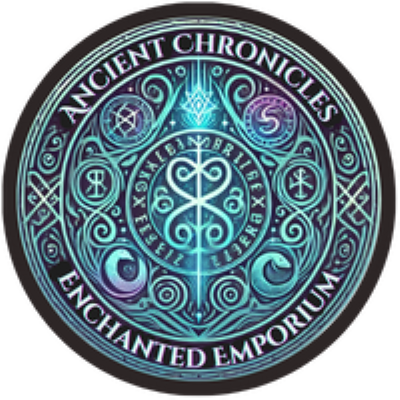The Cursed Fairy Flag of Clan MacLeod…
Some legends are whispered in the mist, some are carried by the waves, and others? Well, they’re woven into history itself. The Fairy Flag of Clan MacLeod is one such tale, a piece of tattered silk said to hold powerful magic, capable of both blessing and dooming the Scottish clan that protects it.
A Gift from the Fairies?
The origins of the Fairy Flag are as mysterious as the Highlands themselves. One tale says it was a gift from the fairies to a MacLeod chief who had fallen in love with a fairy princess. The two were said to have been deeply in love, but their worlds- one mortal, one fae- were never meant to intertwine. The princess was forced to return to her realm, but before she left, she gave her beloved a piece of her enchanted silk, promising that as long as the MacLeods kept it safe, it would protect their clan in times of need.
Another version of the legend claims the flag came from the Crusades, brought back by a warrior who had acquired it in the Holy Land. Others say it was stolen from a dragon, woven by silk-weaving fairies, or even gifted by the Norse gods. However it came to be, one thing is certain, the MacLeods of Dunvegan have cherished it for centuries.
The Flag’s Magical Powers
According to legend, the Fairy Flag has the ability to save the Clan MacLeod from disaster, but its power is not unlimited. It can only be used three times, and each time, the magic weakens.
It is said that the flag has already been used twice:
1. During a Viking invasion, when the MacLeods were vastly outnumbered. The clan waved the flag, and suddenly, warriors appeared out of nowhere to fight alongside them, driving the invaders away.
2. During a deadly plague, when the flag was raised, and the sickness miraculously lifted, sparing the clan from further devastation.
This means that only one use remains, and the MacLeods have been careful never to waste it. Some say that if the flag is used a third time, it will vanish forever into the fairy realm, taking its magic with it.
Is the Fairy Flag Real?
Unlike many mythical relics, the Fairy Flag actually exists. It can still be seen today at Dunvegan Castle on the Isle of Skye, the ancestral home of the MacLeods. The flag itself is an ancient piece of silk, fragile, golden-brown, and covered in tiny holes, as if time itself is slowly unraveling its secrets.
Historians believe the fabric likely originated from the Middle East, possibly dating back to the 4th to 7th century, lending credibility to the theory that it was brought back from the Crusades. But ask any MacLeod, and they’ll tell you, the true power of the flag has nothing to do with its material, and everything to do with the belief it carries.
The Curse of the Fairy Flag
Of course, no great legend is complete without a curse, and the Fairy Flag is no exception. The fairies, it is said, placed an enchantment on it, one that ensures the downfall of any outsider who tries to steal or harm it.
Over the years, there have been whispers of misfortune surrounding those who have disrespected the flag. Some claim that World War II pilots from the MacLeod clan carried photographs of the Fairy Flag with them for protection, and that those who did always returned safely from battle.
Could it be that the magic of the flag still lingers, quietly watching over its people?
What the Fairy Flag Means Today
Whether you believe in the supernatural origins of the Fairy Flag or see it as a treasured heirloom of Scotland’s past, there’s no denying its impact. It is more than just a piece of cloth, it’s a symbol of resilience, heritage, and the power of belief.
Visitors to Dunvegan Castle can still see it today, a fragile but enduring relic of Scotland’s enchanted past. Who knows, perhaps the fairies are still watching over it, waiting for the day when it is called upon one last time.
What do you think? Is the Fairy Flag truly enchanted, or is its power found in the unwavering faith of the MacLeod clan? Either way, one thing is certain, some legends never fade, no matter how tattered the fabric may be.
Image courtesy of Roderick Charles MacLeod, via Wikimedia Commons.



